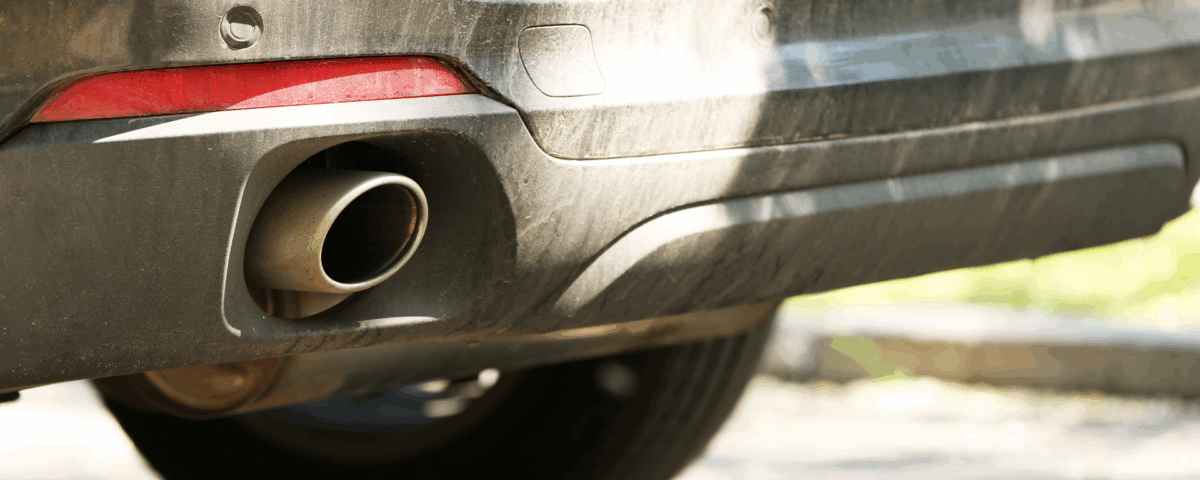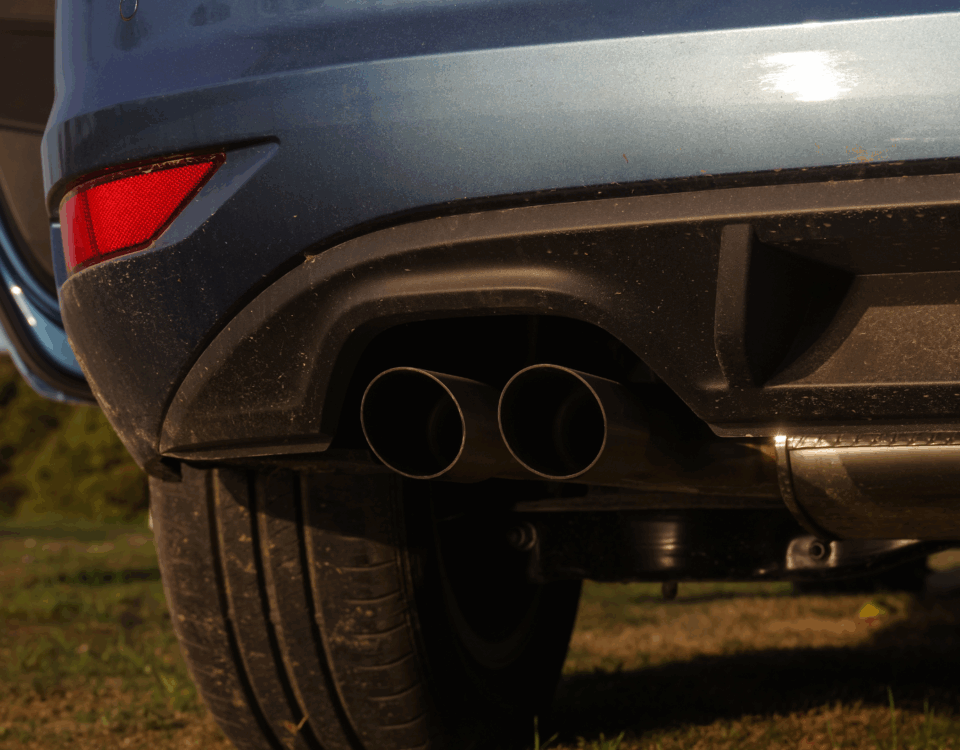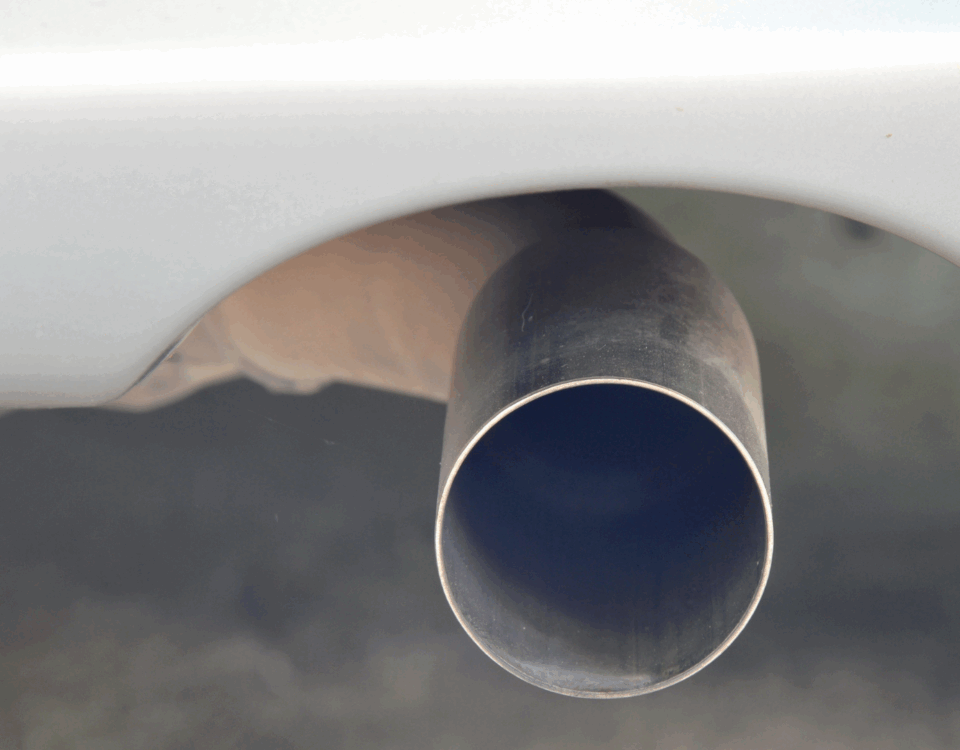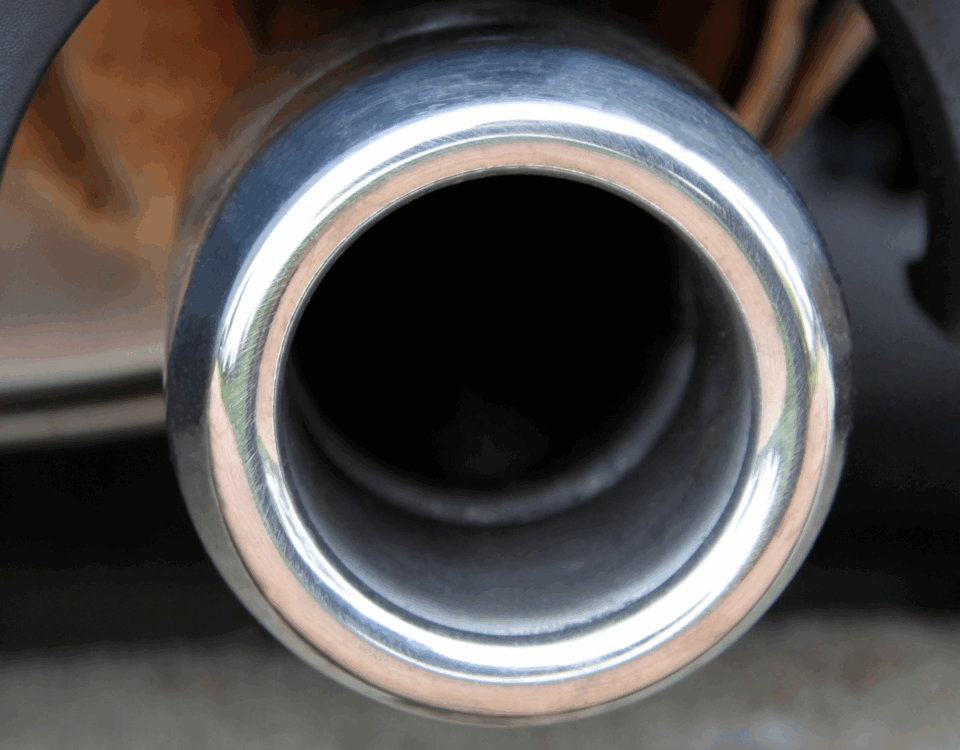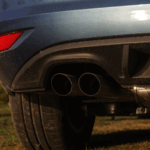
Smog Check for Diesel Vehicles: A Step-by-Step Preparation Guide
June 23, 2025Why Diesel Vehicles Are Subject to Smog Check Regulations
Diesel engines are known for their durability and power, but they also contribute more pollutants to the atmosphere than gasoline engines. As a result, smog check regulations have expanded to cover diesel vehicles in many U.S. states. These emissions tests are part of a broader initiative to reduce smog-forming pollutants and improve air quality.
Components Inspected During a Diesel Smog Check
The smog check for diesel vehicles includes several critical inspections. These may involve checking the fuel system, exhaust, and emission control devices. Newer diesel models may undergo an onboard diagnostics test, while older models typically require an opacity or smoke test. Each step ensures your diesel vehicle meets emission standards.
How Long Does a Diesel Smog Check Take?
A typical diesel smog check can take between 20 to 40 minutes, depending on your vehicle’s condition and whether any additional verifications are required. Vehicles with advanced emission control systems might take longer to inspect due to their complexity. Technicians must adhere to state guidelines for accuracy and thoroughness.
Tips for a Smooth Diesel Smog Check Experience
Keep your vehicle well-maintained year-round. Address any engine performance issues early to prevent failing the smog check. It’s also helpful to drive the vehicle for at least 15 minutes before your appointment to ensure optimal engine temperature. Ensure there are no fuel system leaks and the exhaust system is intact.
Understanding the Outcome of Your Smog Check
Once your diesel vehicle completes the smog check, you’ll either receive a pass certificate or a report detailing why the vehicle failed. This result will be sent directly to your state’s motor vehicle department. A failed test can be addressed with repairs and a retest, and some states offer waivers or repair assistance if you meet specific eligibility criteria.



